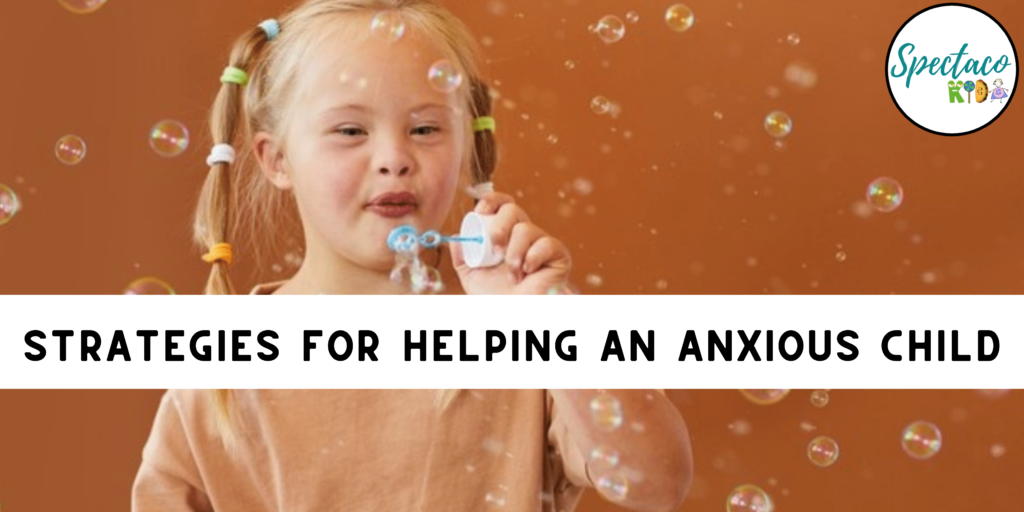Anxiety in kids is common, but it’s not something that should be ignored. When a child is anxious, it is a natural response as a parent to take charge and help them through their anxious thoughts and feelings. However, some parents may not realize that not everything can help lessen their anxiety; some of their actions may even fuel the child’s anxiety.
Certain strategies can be applied by parents when it comes to helping their anxious children. This will help suppress the feeling and assist in developing coping skills in the child.
Blow Bubbles
Blowing bubbles is a very simple yet very effective technique to cope up with anxiety. Blowing bubbles with an anxious child helps them focus on their breathing while also having fun. Bubble blowing can help kids regulate their emotions and feel calm.
Draw Your Anxiety
Some children may find it challenging to explain their anxiety or write it down. Drawing helps here. Ask your child to draw what they feel; visually taking out the anxiety helps calm and relax the kid. Drawing the anxiety will help you process your child’s thoughts and enable you to better tackle the problem.
Quiet Hugs
Hugs help soothe the child. Physical touches release feel-good hormones and reduce the stress hormone within the bloodstream. Hold their arms and squeeze the body in a comforting way as if telling them that you understand them and are there for them.
Stuffed Animal or Petting a Furry Friend
If you want to help your child feel less anxious, get them stuffed animals or pets. Having a furry friend around an anxious child can help elate their mood. If not a pet, you can get your child a stuffed toy of his favorite animal and encourage them to talk to them like a friend.
Close Eyes and Imagine a Calm Place
Ask your child to close their eyes and try thinking of a safe and relaxing place in their mind. Keep talking to them meanwhile, asking what the place is and if they’re feeling calm.
Light Exercises
Encouraging the child to do little exercises can help calm them. It can range anything from running to walking, stretches, yoga, or pushing against a wall. Exercises release feel-good hormones, leaving the child relaxed.
Problem Solve the Worry/Fear
Know the fact that this too shall pass. Embrace the worry and face it. Reassure your child that being anxious is entirely okay. Talk to them regarding what they feel anxious about and solve the worry there and then.
It’s always good to have a toolkit of coping skills for an anxious child. Every child is different from the other; maybe one strategy that helps one child may not work on the other one, so having a variety of strategies always help.

